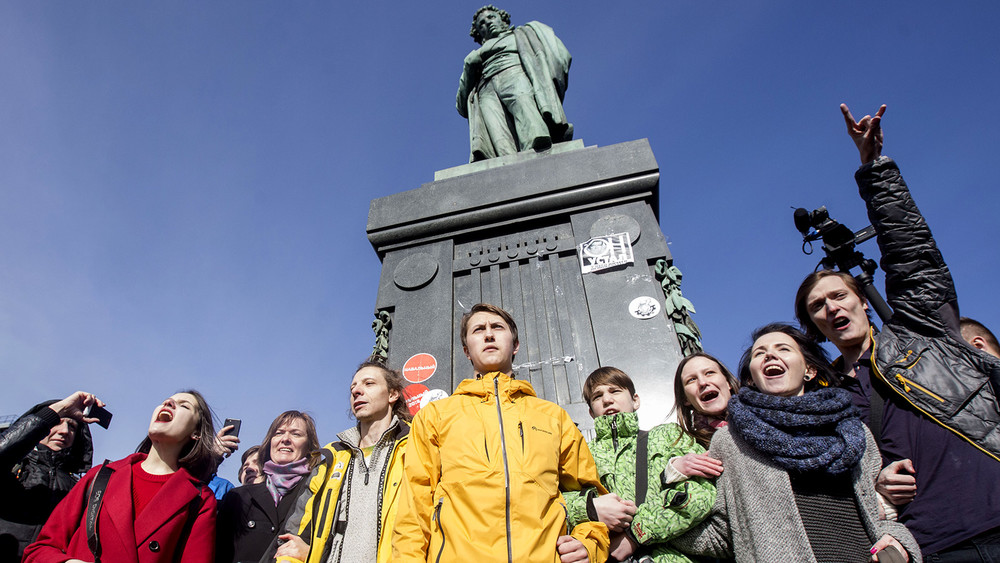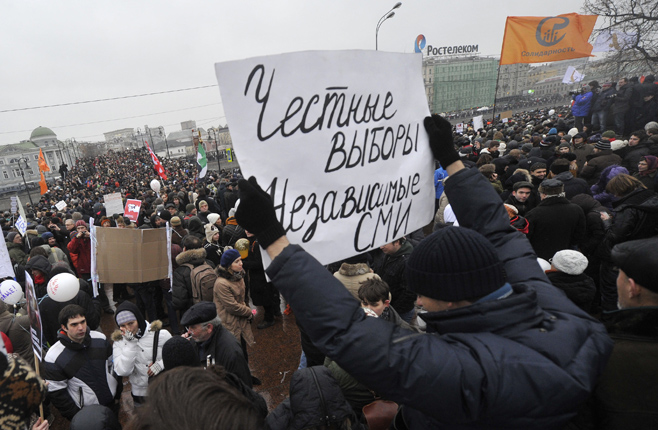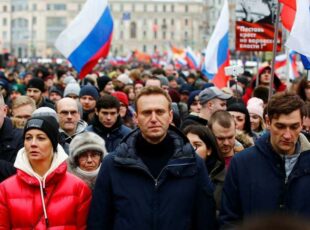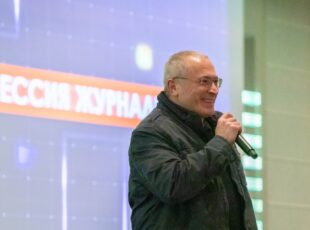Repress, Rinse and Repeat: New Wave of Protests Defies The Kremlin Playbook

Tectonic shifts are taking place across the world of Western politics which promise to leave a lasting imprint on the post-war international order. In Russia, although politically a very different beast, symptoms of deep-seated discontent are beginning to rise to the surface again after a period of relative calm. The revolutions of the 20th century have shown us that the slightest seismic event can transform a wave of discontent into a tsunami, but will Russia’s growing protest movement gain the momentum necessary to instigate political change?
“Revolution takes place first in people’s heads, then in reality.” This was the slogan of 1968 as 500,000 gathered in the streets of Paris in what was seen as a ‘social revolution’ against traditional institutions embodied by the de Gaulle government. As police responded with force to the demands of students at the Sorbonne, protests swept across the country, taking with them over 20% of the population and bringing the French economy to a temporary standstill.
This Saturday on May 6, 3,000 people came out into central Moscow to mark the five-year anniversary of the infamous Bolotnaya protests, the largest movement of public discontent seen in Russia since 1993 when Yeltsin symbolically crushed vice-President Alexander Rutskoi’s parliamentary rebellion by shelling the White House. Saturday’s demonstrators chanted slogans of “No more Putin! No more repression!” and many carried placards with the faces of friends and family who are currently serving prison sentences for their participation in the 2012 uprising.
The Bolotnaya case began as a nationwide reaction to allegations of election fraud as Vladimir Putin sought to return to the presidency after serving a novelty term as Prime Minister, effectively swapping roles with his former Leningrad friend Dmitry Medvedev. Protests began in December 2011 when citizens demonstrated under the banner “For Fair Elections”, which called for the annulment of the upcoming presidential election results and gained the endorsement of Russia’s systemic and non-systemic opposition alike —a rare alliance.
The resulting clash between the authorities and demonstrators ended in widespread violence and the arrest of over 400 participants, many of whom are still in prison to this day. As Vladimir Putin secured a ‘fresh’ mandate in the aftermath of the Bolotnaya crackdown, numerous laws citing public safety were ushered in making demonstrations de facto illegal acts, despite citizens being guaranteed this right under the Russian constitution.
This theme was further intensified after the 2014 Maidan revolution in Ukraine which sent a shock through the upper echelons of the Kremlin. The ensuing paranoia of the ruling elite has since been the genesis of the much-disputed “National Guard”, a heavily-armoured civil task-force which political commentator Kiril Rogov has described as “a force designed specifically to prevent a Russian Maidan, however through its presence alone turns every public demonstration into a mini-Maidan.”
The so-called post-Crimean consensus, which offered Russian society lofty nationalistic ideas and the illusion of great-power status in exchange for political loyalty, led Vladimir Putin to record-high approval ratings. However, the reality of the state of the Russian economy is beginning to hit home. The continued fall in living standards, stagnation and the population’s unwillingness to go along with the Kremlin’s foreign policy agenda is splitting the post-Crimean consensus at the seams, casting doubt on plans for a “70-for-70” turnout in the 2018 elections.

For years now the government has stopped paying attention to the people, it rarely asks their opinion let alone their permission in undertaking serious policy decisions. This was made clear recently by Moscow mayor Sergei Sobyanin’s decision to demolish thousands of homes against the will of many residents, making way for lucrative investment prospects and, as has been suggested, even more lucrative construction contracts.
Toleration is beginning to wear thin, and the heavy-handed approach the authorities have taken towards peaceful demonstrators in recent years is further provoking, and thus politicising the population. The infectiousness of protesting is visible nowhere more than among the young. Recent research has shown that 70% of young Russians use the internet as their primary source of news, thus allowing them to bypass state-sponsored propaganda and the heavy self-censorship that is characteristic of Russia’s mainstream television media.
As a result, opposition figures such as Alexey Navalny enjoy unparalleled success on Youtube and Social Media, allowing them an unspoilt and unrestricted platform to mobilise public discontent and appeal to an overwhelmingly youth-based audience. This was clear in the turnout to the anti-corruption protests on March 26 which saw a startling number of school children and teenagers among the thousands gathered on Pushkin Square.
The Kremlin’s immediate reaction, however, was a chaotic mixture of Bolotnaya and Maidan as over 1000 peaceful participants — many of whom were underage — were indiscriminately rammed into police vans and driven off to face administrative punishment. The heavy-handed response from the authorities and complete silence in the Kremlin exposed a fundamental weakness among the elite: they are becoming dangerously out of touch with reality.
Moreover, the April 29 #Enough demonstrations — another instance of social media-based protest — met with a similarly disorganised reaction from the authorities. In Moscow, where the demonstration was not officially sanctioned, and despite an overwhelming National Guard presence, citizens peacefully delivered written demands to the presidential administration calling for President Putin not to run for a fourth presidential term. However, in St. Petersburg demonstrators were set upon immediately and over 120 participants were arrested, including the organiser, Andrey Pivovarov.
Both Open Russia and Alexey Navalny have vowed to continue supporting public demonstrations in the run-up to the 2018 elections. From opposition to Sobyanin’s housing project to Medvedev’s “secret empire” and Vladimir Putin’s uncontested fourth presidential term, this new wave of protest has its strength in diversity; it looks to encompass all areas of society, a factor that the Kremlin would be foolish to ignore.
The tactic of repress, rinse and repeat is at best short-sighted, and at worse could spell the end for the current Kremlin regime. The elite has sought to appease the growing democratic sentiment with gimmicks and “thaws”, but as Vladimir Putin looks set to run unopposed for a fourth presidential term, a seismic ripple could be all that it takes to mobilise a disenchanted Russian society against him.



